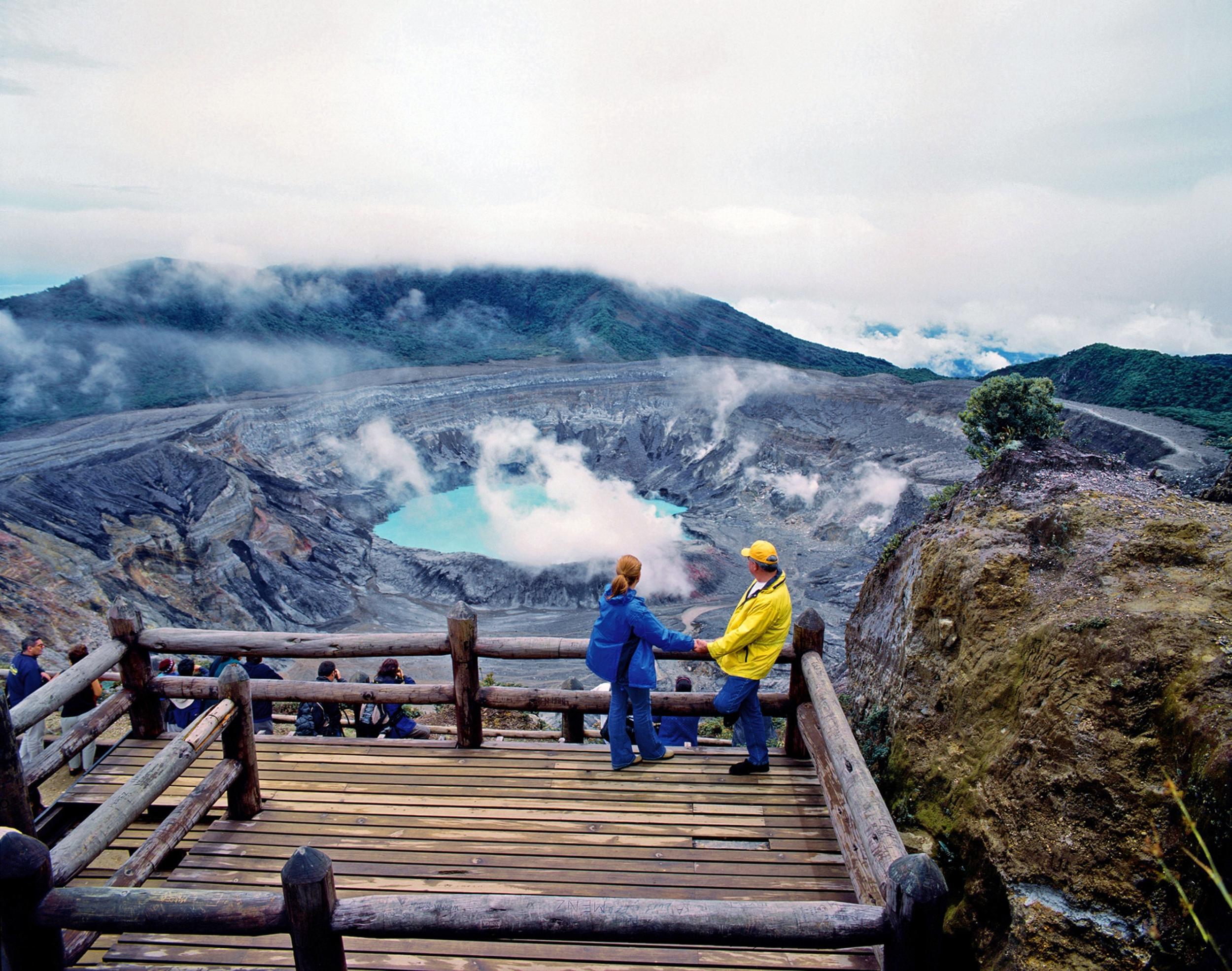How Costa Rica has run on renewables for two months straight
'It is time to debunk the myth a country has to choose between development and the environment'

Your support helps us to tell the story
From reproductive rights to climate change to Big Tech, The Independent is on the ground when the story is developing. Whether it's investigating the financials of Elon Musk's pro-Trump PAC or producing our latest documentary, 'The A Word', which shines a light on the American women fighting for reproductive rights, we know how important it is to parse out the facts from the messaging.
At such a critical moment in US history, we need reporters on the ground. Your donation allows us to keep sending journalists to speak to both sides of the story.
The Independent is trusted by Americans across the entire political spectrum. And unlike many other quality news outlets, we choose not to lock Americans out of our reporting and analysis with paywalls. We believe quality journalism should be available to everyone, paid for by those who can afford it.
Your support makes all the difference.Costa Rica has powered its electricity grid solely by renewable energy for two months, according to a new report.
The achievement demonstrates that countries, at least smaller ones, need not rely on fossil fuels all year round.
This is the second time the Central American country, home to almost five million people, has run on renewables alone. For 285 days last year, the country did not use any fossil fuels.
More than 80 per cent of the energy the developing country generated during August was supplied by hydroelectric power. Geothermal, wind and solar energy provided the remainder.
Heavy rainfall at Costa Rica’s four hydropower stations during the months June to August helped the country meet its fossil-free target.
After hydropower, geothermal was the next big power source, with the technology providing 13 per cent of the country's energy production. Wind turbines contributed 7 per cent of the power the nation needed, with solar supplying just 0.01 per cent.
Although the state’s success has been lauded as a milestone in environmental preservation, other countries are likely to struggle to emulate it.
Costa Rica consumes relatively little energy and has an abundance of natural resources, including heavy rainfall necessary for hydropower.
At only 19,730 square miles, Costa Rica is almost a fifth of the size of the UK. The UK also has a population 13 times that of the Central American Nation, which generated just 10,713 gigawatt-hours of energy last year.
After six years in construction, a larger Reventazón hydroelectric project is expected to come online in September that will further develop Costa Rica's renewable capabilities.
Second only to the Panama Canal, the Reventazón station is the largest public infrastructure project in Central America. Five turbines have been built along a dam on the Reventazón River, which together are capable of powering over 500,000 homes.
Dr. Monica Araya, an adviser on clean development in Latin America, said: “It really is time to debunk the myth that a country has to choose between development on the one hand and environmental protection, renewables, quality of life, on the other.”
She said Costa Rica had made "a fantastic achievement", in powering itself entirely with renewables. But added: "It hides a paradox, which is that nearly 70 per cent of all our energy consumption is oil.”
Although the country’s energy production has been reliant on renewables, transport in the country still runs on petroleum. Emmisions from vehicles contributed 70 per cent of the country’s total carbon emissions during 2014.
Policy makers in Costa Rica have set a target of becoming carbon neutral by 2021. If the country succeeds, it is likely to be the first carbon-neutral country in the world.
Join our commenting forum
Join thought-provoking conversations, follow other Independent readers and see their replies
Comments